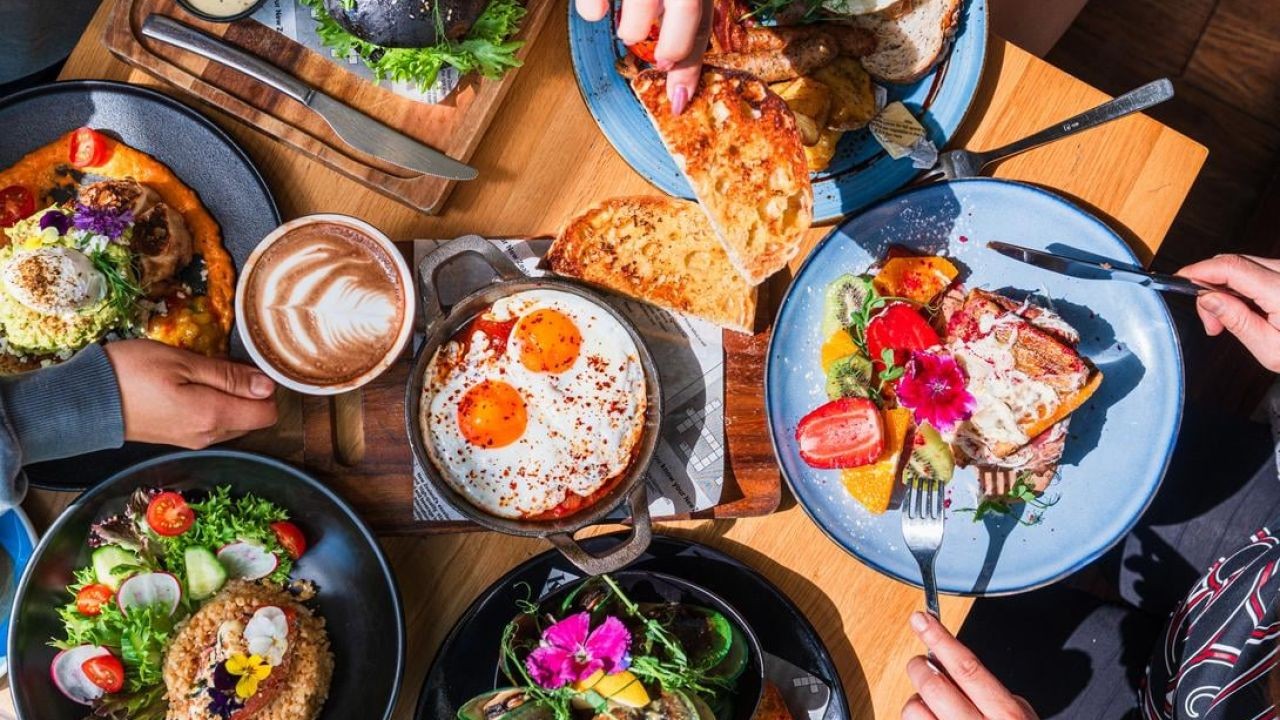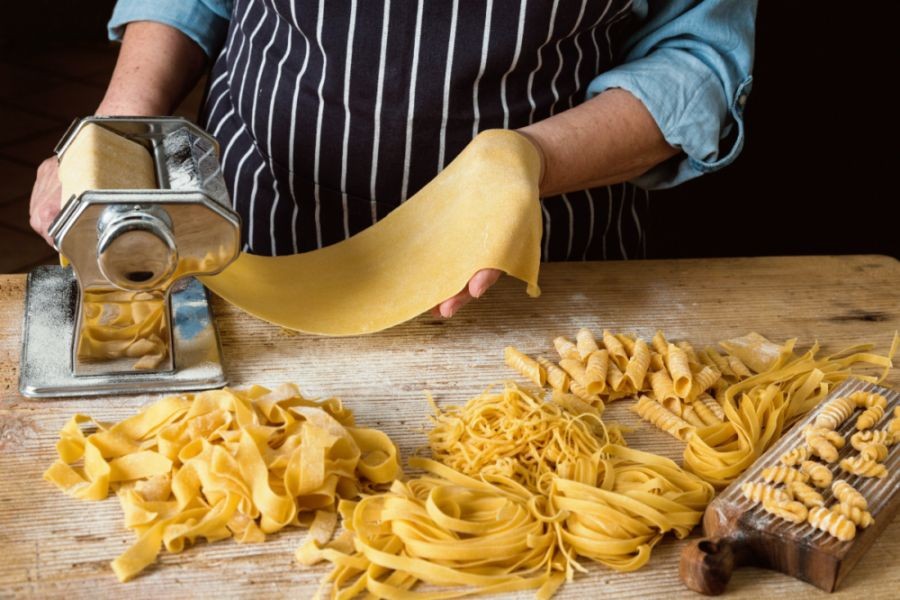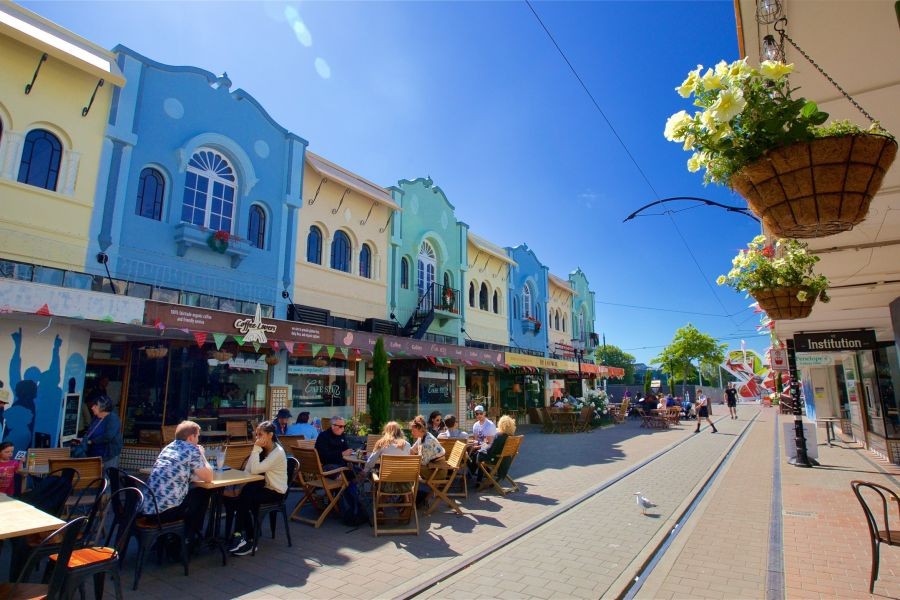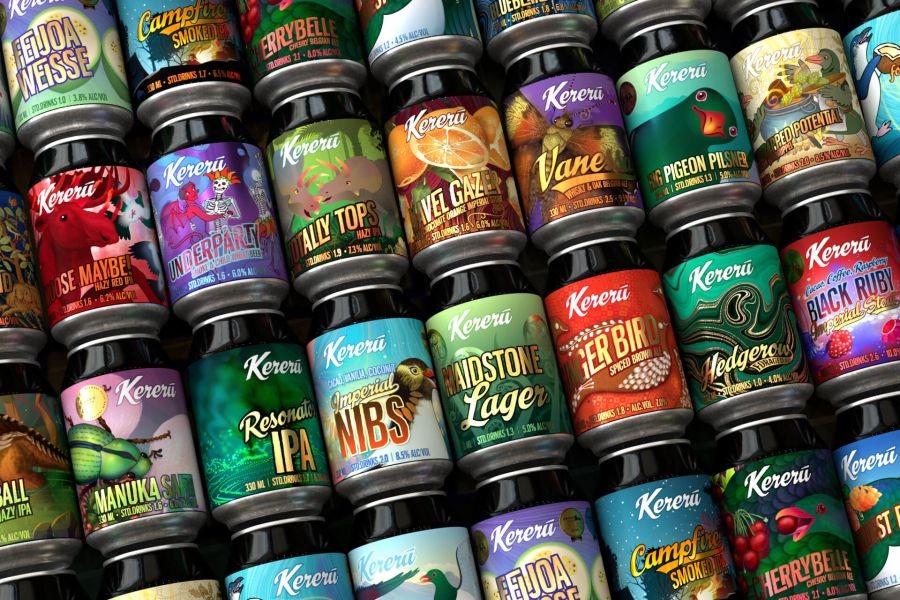New Zealand's culinary landscape is a unique tapestry woven from various cultural threads, creating a vibrant and diverse food scene. This article delves into the rich blend of cultural influences that shape New Zealand's cuisine, offering a comprehensive analysis of the factors contributing to this culinary mosaic. By examining historical contexts, economic trends, and industry insights, we aim to provide a deep understanding of why New Zealand's cuisine stands out globally. Additionally, we explore how this cultural blend impacts local businesses and the country's economy, offering actionable insights for innovation consultants and industry experts.
How New Zealand’s Culinary Identity Evolved
New Zealand's cuisine is a fascinating amalgamation of Maori traditions and waves of immigration that have introduced new flavors and techniques. The Maori, New Zealand's indigenous people, have a rich culinary heritage centered around native ingredients like kumara (sweet potato) and kai moana (seafood). The introduction of European settlers in the 19th century brought new agricultural practices and ingredients, such as sheep farming and dairy production, which remain integral to the country's economy today.
In recent decades, increased immigration from Asia, the Pacific Islands, and the Middle East has further diversified the culinary landscape. This influx has introduced new spices, cooking techniques, and dishes, enriching the nation's food culture. The fusion of these diverse culinary traditions has led to a unique food scene that continues to evolve.
The Role of New Zealand’s Economy and Policies
The country's economy and policies have played a significant role in shaping its culinary identity. New Zealand's agricultural industry, particularly the dairy and meat sectors, contributes significantly to its GDP, accounting for over 40% of total exports as of 2023 (Stats NZ). The government has supported the growth of the food and beverage industry through initiatives that encourage sustainable farming practices and innovation in food technology.
Moreover, the government's focus on promoting New Zealand as a culinary destination has bolstered the tourism industry, attracting food enthusiasts worldwide. This strategic emphasis on gastronomy has led to an increase in food festivals and culinary events, further enriching the country's food culture.
Real-World Case Studies: Exploring the Impact of Cultural Blending
Case Study: A Fusion of Maori and Asian Flavors at Hiakai
Problem: New Zealand's culinary scene was often dominated by European influences, overshadowing indigenous Maori cuisine.
Action: Hiakai, a Wellington-based restaurant, set out to change this narrative by blending Maori cooking techniques with Asian flavors. Chef Monique Fiso utilized traditional Maori methods like hangi (earth oven cooking) and combined them with Asian spices and ingredients.
Result: Within two years, Hiakai gained international acclaim, with reservations booked months in advance. The restaurant's approach increased awareness of Maori cuisine and inspired other chefs to explore indigenous flavors.
Takeaway: This case study highlights the potential of cultural fusion in elevating indigenous cuisines. By embracing and innovating traditional methods, New Zealand can leverage its rich cultural heritage to create unique culinary experiences.
Case Study: Pacific Island Influence at Coco’s Cantina
Problem: Many Pacific Island communities in New Zealand felt underrepresented in the culinary scene.
Action: Coco's Cantina, a popular eatery in Auckland, incorporated Pacific Island dishes and ingredients into its menu, such as taro and coconut milk.
Result: This approach resonated with both locals and tourists, leading to a 30% increase in patronage within the first year of implementation. The restaurant's success showcased the demand for Pacific Island-inspired cuisine.
Takeaway: Integrating Pacific Island flavors into mainstream cuisine can attract diverse customer bases and promote cultural appreciation.
Data-Driven Insights: The Economic Impact of Culinary Diversity
According to a report by the Ministry of Business, Innovation and Employment (MBIE), the food and beverage sector contributes over $20 billion annually to New Zealand's economy. This sector's growth is attributed to the country's diverse culinary offerings, which attract tourists and foster innovation within the industry.
In 2022, a survey conducted by the New Zealand Food and Grocery Council found that 65% of New Zealanders are open to trying new cuisines, reflecting a growing interest in diverse food experiences. This openness to culinary exploration has encouraged restaurants and food producers to experiment with fusion flavors and innovative dishes.
Contrasting Perspectives: Cultural Purity vs. Fusion Innovation
While many celebrate New Zealand's diverse culinary scene, some purists argue that fusion cuisine dilutes traditional flavors and cultural authenticity. They believe that preserving distinct culinary identities is essential for maintaining cultural heritage.
On the other hand, proponents of fusion cuisine argue that blending flavors and techniques leads to culinary innovation and creativity. They contend that fusion cuisine reflects the dynamic nature of modern societies and can promote cross-cultural understanding.
The middle ground involves respecting traditional culinary practices while encouraging innovation. By striking this balance, New Zealand can continue to offer unique and exciting dining experiences that honor its rich cultural heritage.
Common Myths and Mistakes in Understanding New Zealand’s Cuisine
Myth: "New Zealand cuisine is just about lamb and seafood." Reality: While these elements are significant, New Zealand's cuisine is a rich tapestry of Maori, European, Asian, and Pacific influences, offering a wide range of flavors.
Myth: "Fusion cuisine lacks authenticity." Reality: Fusion cuisine can be authentic in its own right, reflecting the dynamic nature of cultural exchange and innovation.
Myth: "Traditional Maori cuisine is outdated." Reality: Maori cuisine is experiencing a revival, with chefs incorporating traditional methods into contemporary dishes, creating a vibrant and evolving culinary scene.
Biggest Mistakes to Avoid in Culinary Innovation
Mistake: Overlooking local ingredients in favor of imported ones. Solution: Embrace New Zealand's abundant natural resources, such as native herbs and seafood, to create dishes that resonate with local and international audiences.
Mistake: Failing to engage with local communities and cultural experts. Solution: Collaborate with Maori and Pacific Island communities to ensure cultural sensitivity and authenticity in culinary offerings.
Mistake: Neglecting sustainability in sourcing and production. Solution: Implement sustainable practices, such as reducing food waste and sourcing ingredients locally, to align with consumer values and environmental goals.
Future Trends and Predictions in New Zealand’s Culinary Scene
The future of New Zealand's culinary scene is promising, with several trends set to shape its development. According to a 2023 report by NZTech, the integration of food technology and innovation will play a pivotal role in the industry. Advances in plant-based proteins, sustainable packaging, and AI-driven personalized dining experiences are expected to gain traction.
Moreover, the global demand for indigenous and authentic culinary experiences is predicted to rise, offering New Zealand an opportunity to showcase its unique Maori and Pacific Island cuisines on the world stage.
Conclusion: Embracing Culinary Diversity for Economic and Cultural Growth
New Zealand's cuisine is a testament to the power of cultural diversity and innovation. By embracing a blend of Maori, European, Asian, and Pacific influences, New Zealand has created a dynamic food scene that attracts tourists and fosters economic growth. Innovation consultants and industry experts can leverage this diversity to drive culinary innovation, promote cultural appreciation, and contribute to the country's economic success.
As New Zealand continues to evolve as a culinary destination, the key to success lies in balancing tradition with innovation, respecting cultural heritage, and embracing sustainability. By doing so, New Zealand can continue to offer unique and unforgettable culinary experiences that leave a lasting impact on locals and visitors alike.
What are your thoughts on the future of New Zealand's culinary scene? Share your insights and experiences in the comments below!
People Also Ask (FAQ)
- How does cultural diversity impact New Zealand's cuisine? Cultural diversity introduces new flavors and techniques, enriching New Zealand's food scene and attracting global attention.
- What are the key influences on New Zealand's cuisine? Maori traditions, European settlers, and recent Asian and Pacific Island immigration are key influences.
- How can businesses benefit from New Zealand's culinary diversity? By offering diverse culinary experiences, businesses can attract a wider customer base and enhance cultural appreciation.
Related Search Queries
- New Zealand cuisine cultural influences
- Maori culinary traditions
- Fusion cuisine in New Zealand
- New Zealand food industry trends
- Impact of immigration on New Zealand cuisine

























